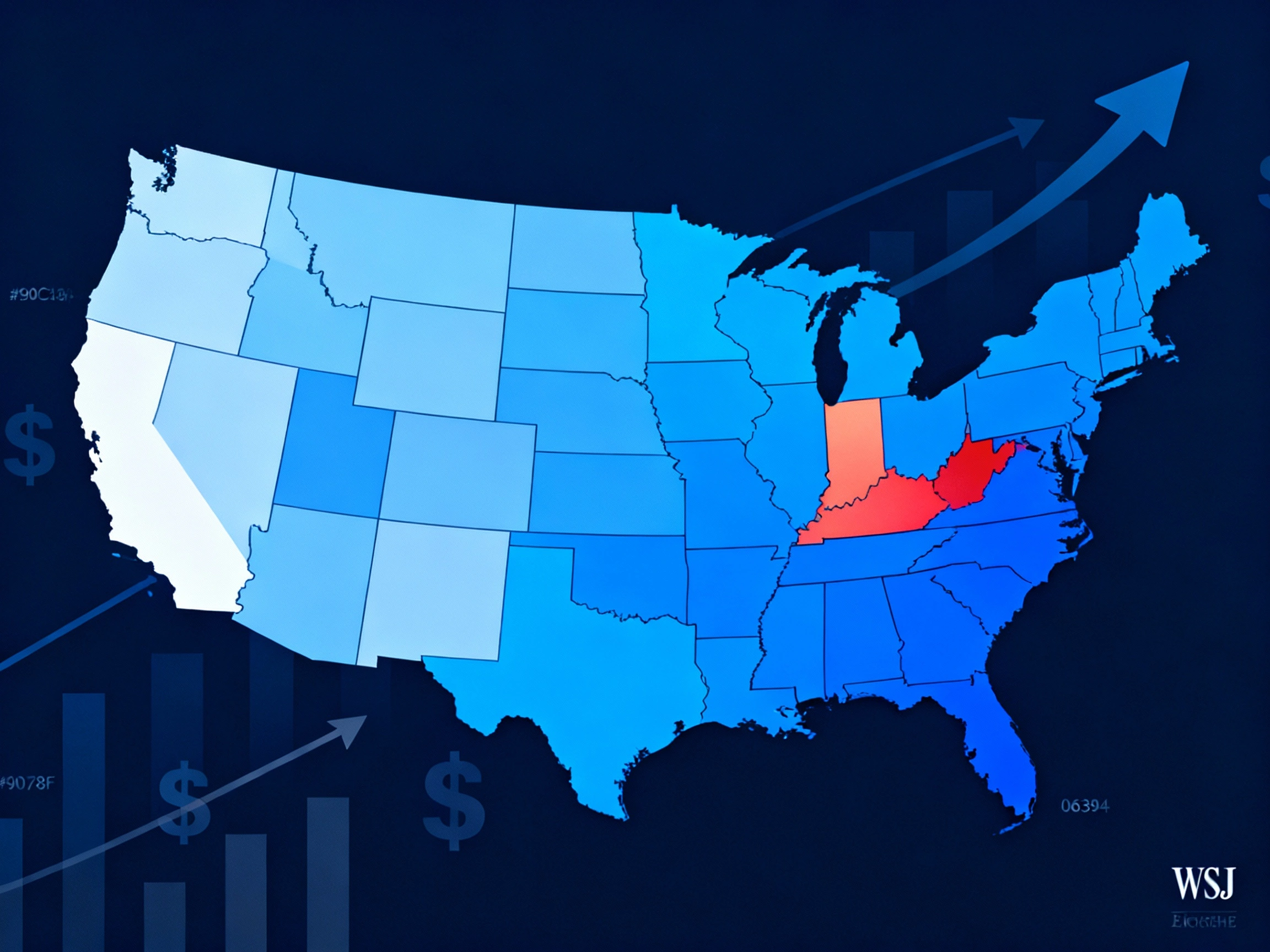Where Wages Grew the Most This Year
A state-by-state breakdown of median income gains reveals where workers saw the biggest pay increases in 2025.

The Wage Growth Leaders
After years of stagnant wages, 2025 brought significant income gains to workers across America—but not equally. Tech hubs, energy states, and manufacturing centers led the pack, with median wages growing far faster than the national average of 4.2%.
Top States for Wage Growth
- Washington +10.2%
- California +9.8%
- Massachusetts +9.1%
- Texas +8.7%
- Colorado +8.4%
What's Driving These Gains?
Several powerful economic forces are pushing wages higher in top-performing states:
Tech Industry Competition
Washington and California benefit from intense competition for software engineers, data scientists, and AI specialists. Tech companies are offering unprecedented compensation to attract and retain talent.
Labor Shortages
Tight labor markets in booming states like Texas and Colorado are forcing employers to raise wages across industries, from construction to healthcare to hospitality.
Minimum Wage Increases
States with aggressive minimum wage policies, particularly on the West Coast, saw wage growth ripple up through the entire income spectrum as employers adjusted pay scales.
Energy Sector Boom
Texas and other energy-producing states benefited from high oil prices and renewable energy investment, pushing up wages in high-paying extraction and engineering roles.
Industry Breakdown
Not all industries saw equal wage growth. Here's how different sectors performed:
Highest Growth Sectors
- Technology +12.4%
- Healthcare +9.8%
- Finance +8.9%
- Construction +7.6%
Slower Growth Sectors
- Retail +3.2%
- Hospitality +2.8%
- Education +2.5%
- Agriculture +1.9%
The Real Test: Inflation
While these wage gains are impressive, they must be viewed against inflation. In high-growth states, increased wages often coincide with rising housing costs, potentially eroding purchasing power gains.
Geographic Patterns
Wage growth follows clear geographic patterns:
- West Coast Tech Hubs lead with double-digit growth driven by the technology sector
- Sun Belt Business Centers see strong gains from corporate relocations and population growth
- Northeast Financial Centers benefit from banking and professional services compensation
- Midwest Manufacturing States show modest but steady gains tied to industrial reshoring
- Rural Agricultural States continue to lag behind urban centers in wage growth
What This Means for Workers
For workers considering relocation or career changes, these trends offer important insights:
- Location matters: The same job can pay 20-30% more in high-growth states
- Industry selection is crucial: Tech and healthcare offer the strongest wage trajectories
- Consider total compensation: Factor in state taxes, cost of living, and benefits
- Remote work creates arbitrage: Earning top-state wages while living in lower-cost areas maximizes purchasing power
Looking Ahead to 2026
Economists expect wage growth to moderate in 2026 as labor markets normalize and inflation cools. However, high-skill workers in technology, healthcare, and specialized fields should continue to see above-average compensation gains, particularly in states with strong business climates and population growth.
For workers, the message is clear: strategic decisions about location, industry, and skill development can significantly impact earning potential in an increasingly divergent wage landscape.
